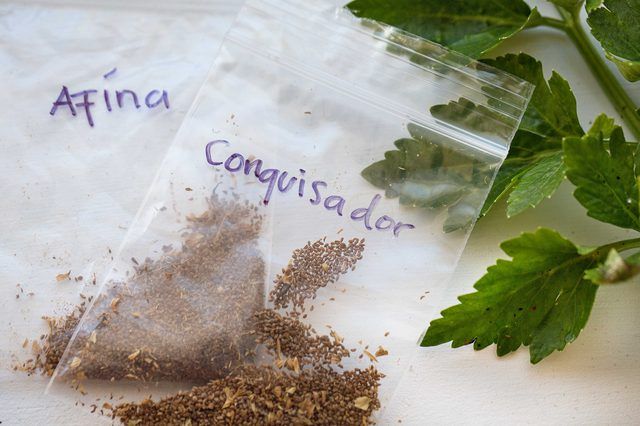Bulbs
Flower Basics
Flower Beds & Specialty Gardens
Flower Garden
Garden Furniture
Garden Gnomes
Garden Seeds
Garden Sheds
Garden Statues
Garden Tools & Supplies
Gardening Basics
Green & Organic
Groundcovers & Vines
Growing Annuals
Growing Basil
Growing Beans
Growing Berries
Growing Blueberries
Growing Cactus
Growing Corn
Growing Cotton
Growing Edibles
Growing Flowers
Growing Garlic
Growing Grapes
Growing Grass
Growing Herbs
Growing Jasmine
Growing Mint
Growing Mushrooms
Orchids
Growing Peanuts
Growing Perennials
Growing Plants
Growing Rosemary
Growing Roses
Growing Strawberries
Growing Sunflowers
Growing Thyme
Growing Tomatoes
Growing Tulips
Growing Vegetables
Herb Basics
Herb Garden
Indoor Growing
Landscaping Basics
Landscaping Patios
Landscaping Plants
Landscaping Shrubs
Landscaping Trees
Landscaping Walks & Pathways
Lawn Basics
Lawn Maintenance
Lawn Mowers
Lawn Ornaments
Lawn Planting
Lawn Tools
Outdoor Growing
Overall Landscape Planning
Pests, Weeds & Problems
Plant Basics
Rock Garden
Rose Garden
Shrubs
Soil
Specialty Gardens
Trees
Vegetable Garden
Yard Maintenance
How to Grow Celery
How to Grow Celery. Celery (Apium graveolensis) is a cool-season crop with a long growing season and a need for constant moisture. [Celery](http://www.ehow.com/info_12122634_types-celery.html) does not tolerate heat well, nor will it survive frost and it requires regular fertilizer applications to keep nutrient levels high. Despite these challenges...
Celery (Apium graveolensis) is a cool-season crop with a long growing season and a need for constant moisture. Celery does not tolerate heat well, nor will it survive frost and it requires regular fertilizer applications to keep nutrient levels high. Despite these challenges for the gardener, there is nothing quite like the flavor of celery fresh from the garden, making the extra work well worth the effort.
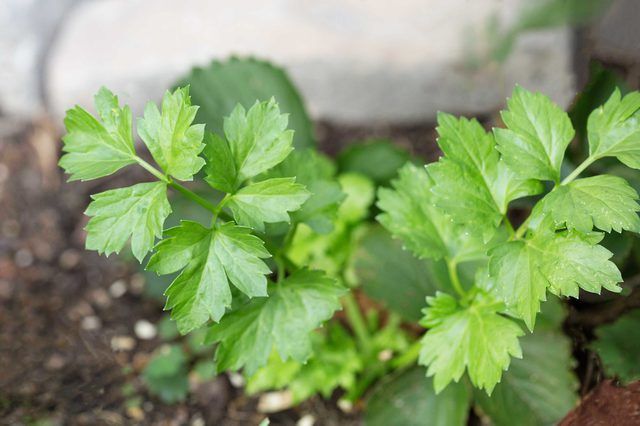
Start your celery seeds indoors 8 to 12 weeks before the usual last frost date for your area. Before planting, soak the seeds overnight to help quicken the germination process. Sow seeds in a bright location away from direct sunlight where daytime temperatures range from 70 to 75 degrees Fahrenheit and overnight temperatures do not dip below 60 degrees F. Plant seeds in new, clean potting soil, placing the seed no more than 1/4-inch deep. Keep the soil consistently moist during the germination period. When the seedlings reach 2 inches high, if planted in flats, move to individual pots or thin the flats to allow 2 inches between each plant, keeping the strongest-looking seedlings intact. Be patient; celery takes up to 30 days to sprout.
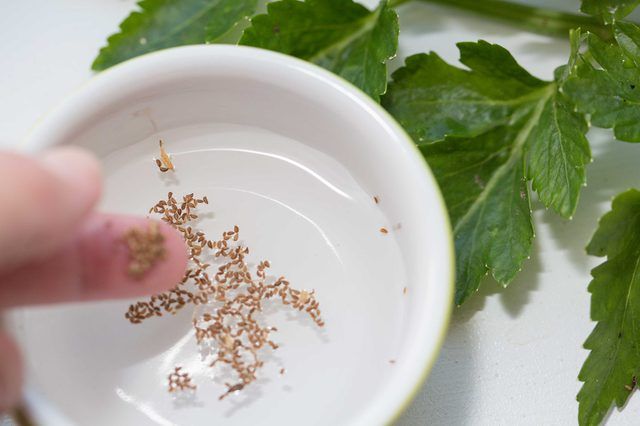
When your seedlings have developed more than five leaves and the overnight temperatures are a consistent 55 degrees F or higher, your celery is ready to transplant. Harden off the young plants for one week by lightly reducing the amount of water given each day and moving the pots outside for a few hours every day to get them accustomed to outdoor conditions. Before planting, amend the soil with compost and a 1-pound application of a 5-10-10 fertilizer for every 30 square feet of planting area; celery is a heavy feeder and needs plenty of added nutrition to develop sturdy, strong stalks. Place the transplants 10 inches apart in rows 2 to 3 feet apart. Add mulch to help maintain moisture, and water well during the growing season; without regular watering the stalks will be small and dry. If the overnight temperatures dip below 55 degrees F, protect the young plants; low temperatures will cause the stalks to weaken or bolt.
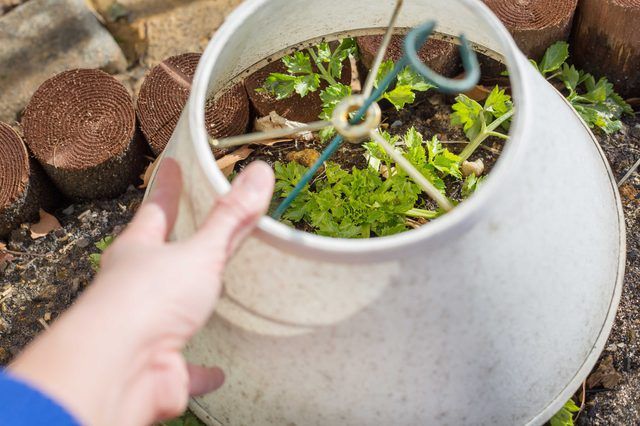
You can start eating celery when the stalks reach 8 inches high. Cut the stalks from the outside in, or if preferred, cut the entire plant at the soil level, leaving the root intact; another few stalks may sprout after the first harvest. Celery will stay fresh in the garden for up to a month provided the soil is mounded around the plant to help maintain a consistent temperature. Once harvested, celery will remain fresh for up to two weeks if kept covered in the refrigerator.
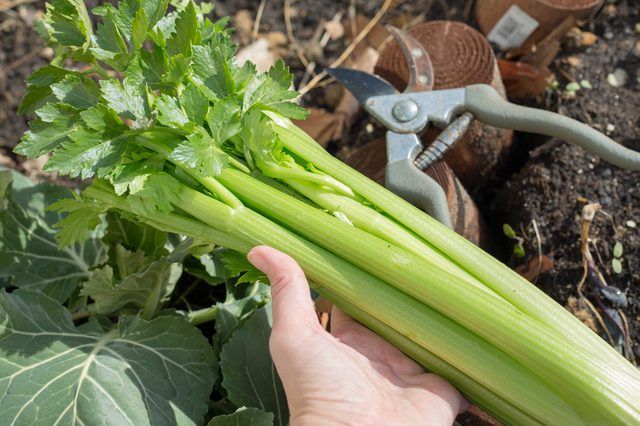
Most celery plants mature at 90 to 100 days. For an earlier harvest, consider "Afina." With just 60 days to maturity, this variety produces dark green, hollow stalks suitable for cutting. When conditions are not optimal, and temperatures are higher than what most celery can tolerate, "Conquistador" will mature in 80 days and endure some heat stress and water levels lower than usual. Disease-resistant and heat-tolerant, "Tango Green" will produce smooth, tender stalks within 85 days and "Utah" is suitable for small-space gardeners, growing to just 18 inches high.
